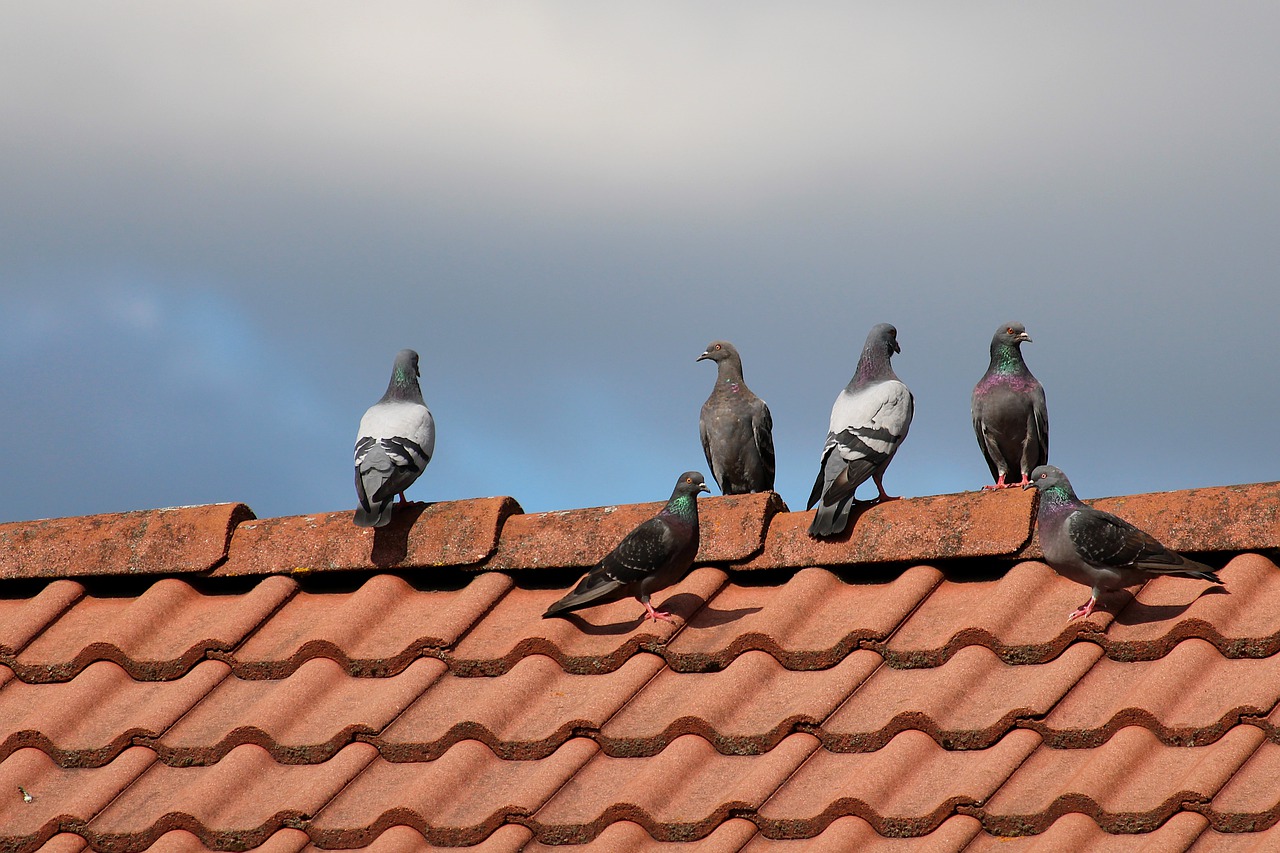
Roof leaks are a common issue faced by homeowners, often leading to further damage if not addressed promptly. Understanding the causes and solutions for roof leaks is essential for maintaining the integrity of your home.
In this guide, we'll explore the various aspects of roof leak repair, from identifying the sources of leaks to implementing effective repair techniques. Whether you're dealing with a minor drip or a significant water intrusion, this information will help you manage and prevent future leaks.
Roof Leak Repair in Canberra VIC
Comprehensive Guide to Roof Leak Repair
The first step in addressing a roof leak is to identify the source. Common causes include broken shingles, damaged flashing, or clogged gutters. Each of these can allow water to seep into your home, so a thorough inspection is crucial.
When inspecting your roof, look for signs of damage such as missing shingles, rust spots on flashing, or sagging areas that may collect water. Pay close attention to areas around chimneys, vents, and skylights, as these are frequent culprits for leaks.
Once you've identified the problem area, you can begin planning the necessary repairs. It's important to act quickly to prevent the leak from worsening, which could lead to more extensive damage and costly repairs.
Repairing surfaces like shingles is a straightforward but important process in roof leak repair. Begin by assessing the state of the existing shingles and replacing any that are broken or missing. This prevents water from sneaking underneath the surface where it can cause significant harm.
In cases where flashing is the issue, reseal or replace it as needed. Properly secured flashing around chimneys, vents, and other protrusions is crucial in diverting water away from the roof. Ensure that all new flashing is properly sealed to prevent future problems.
For minor leaks, using roofing cement or a patch can be effective. This quick fix can stop leaks temporarily until a more permanent solution is applied, allowing homeowners additional time to plan comprehensive repairs.
More Resources
Maintaining your roof plays a key role in preventing future leaks. Regular inspections and timely repairs are the best defenses against unexpected roof leaks. This proactive approach can save homeowners from potential water damage in the long run.
Regularly clearing gutters of debris and ensuring that water flows freely away from your home can prevent leaks. Clogged gutters often force water up under roof materials, leading to damage and leak issues.
It is also advisable to occasionally trim back overhanging tree branches that could cause abrasion or damage to the roof surface during storms. Keeping these away from the roof reduces the risk of branches puncturing roofing materials.
Effective Strategies for Roof Leak Repair
While DIY repairs can be effective for minor issues, there are times when professional help is warranted. If the leak is severe, has caused significant damage, or if the source isn't easily identifiable, contacting a professional roofer is wise.
Professional roofers have the experience and tools necessary to provide a thorough inspection and lasting repairs. They can also offer warranties on their work, which gives homeowners peace of mind knowing their roof is in good hands.
Investing in professional services may initially seem costly, but it can prevent exorbitant repairs down the line. Professionals ensure that repairs are done correctly, effectively extending the lifespan of your roof.
Having a solid maintenance plan can significantly reduce the likelihood of leaks and the need for major repairs. This includes scheduling periodic inspections and addressing any minor issues before they escalate.
Consider also investing in regular professional maintenance services. These services can spot potential problems early and keep your roof in tip-top shape, reinforcing its defenses against leaks.
Ultimately, taking preventive measures and keeping a keen eye on your roof’s condition can keep it leak-free and extend its lifespan. Consistent care ensures your home remains protected against the elements now and in the future.
Comments
Post a Comment